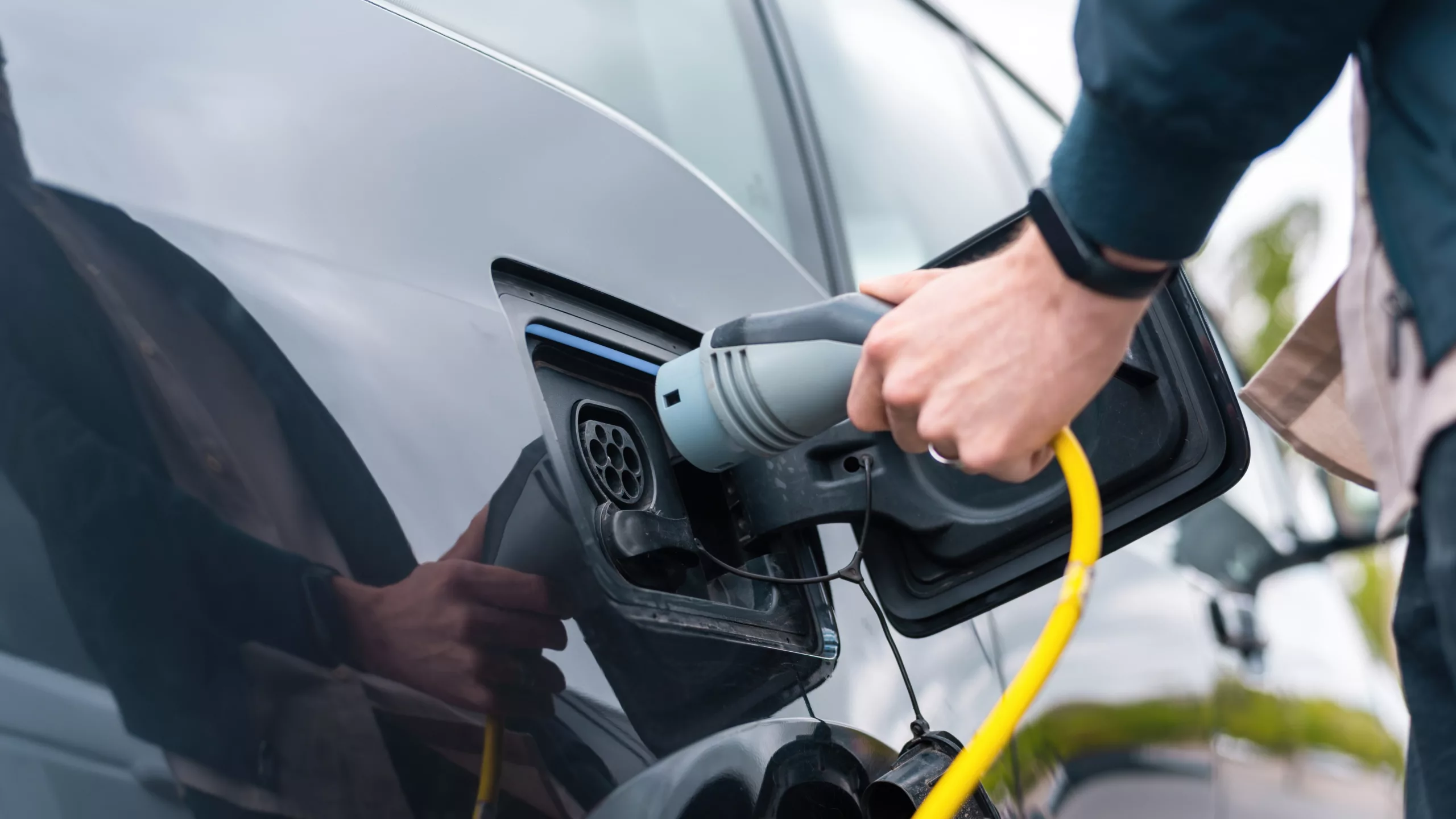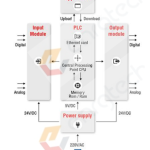
Introduction
The electrification of transportation has gained significant momentum in recent years, with electric vehicles (EVs) becoming an increasingly common sight on our roads. With their zero-emission capabilities and increasing popularity among consumers, EVs represent a cleaner and more sustainable mode of transportation. However, the widespread adoption of electric vehicles presents several challenges–one of the most critical being the development of an efficient and reliable EV charging infrastructure. This article sheds light on the vital challenges faced by the EV industry in designing and expanding EV charging infrastructure.
Understanding EV Charging Infrastructure
EV designs and charging infrastructure are critical aspects of the automotive market–driving the successful adoption and success of electric vehicles. EV designs, as the name implies, involve designing and manufacturing electric vehicles. They typically encompass all the aspects related to the physical and functional attributes of electric vehicles. This includes the overall vehicle architecture, aesthetics, engineering, and technology used in electric cars, trucks, motorcycles, and other EVs types.
Charging infrastructure is the network of EV charging stations and associated equipment required to charge electric vehicles. It is a critical component of the EV ecosystem and plays a significant role in supporting the widespread adoption of electric transportation.
EV Designs and Charging Infrastructure: Exploring the Key Challenges
Designing electric vehicles and the associated charging infrastructure presents several challenges–affecting the adoption and widespread use of electric vehicles. Some of the key challenges for EV design and charging infrastructure include:
Insufficient Charging Infrastructure
One of the most prevalent challenges for EV design is the insufficient charging infrastructure. Many potential EV buyers are deterred due to range anxiety–the fear of running out of battery power before reaching a charging station. To encourage widespread EV adoption, there must be a sufficient number of charging stations readily available, especially in urban areas and along major highways. Achieving this requires a massive investment in infrastructure, including the installation of EV charging stations at convenient locations such as shopping centers, parking lots, and residential areas.
Range and Battery Technology
EV range is another critical aspect of electric vehicle design that needs improvement. While modern EVs offer reasonable ranges for daily commuting, they still fall short compared to gasoline-powered vehicles, especially for long-distance travel. The development of advanced battery technology is crucial to address this challenge. Manufacturers must work on increasing the batteries’ energy density while reducing their size and weight to provide longer ranges without compromising vehicle performance.
Charging Speed and Compatibility
Another challenge is the speed of charging and compatibility issues. There are different levels of EV charging, including Level 1, 2, and DC fast charging. Level 1 charging, which uses a standard household outlet, is slow and suitable mainly for overnight charging. Level 2 charging is faster but still takes several hours to charge an EV fully. DC fast charging is the quickest option, but it requires specialized equipment and is less widespread. Ensuring compatibility between different charging standards and vehicle models is essential to make charging more convenient for EV owners.
Grid Capacity and Load Management
The increasing demand for EV charging places a strain on the electric grid. Rapid charging of multiple EVs in the same area can lead to grid overloads, potentially causing power outages. Load management solutions are necessary to distribute the charging load more evenly and prevent grid congestion.
Accessibility and Equity
Ensuring EV charging infrastructure accessibility to everyone is a significant challenge. Disparities in access to charging stations can exacerbate existing social and economic inequalities. Government and private companies can facilitate consumers by installing charging stations in low-income areas.
EV Charging Infrastructure: Environmental Impact
While electric vehicles themselves produce zero tailpipe emissions, the environmental impact of charging infrastructure must be considered. The electricity used for charging may come from fossil fuels, depending on the region’s energy mix. To truly reduce carbon emissions, it is essential to adopt clean and renewable energy sources for generating electricity. Developing sustainable charging infrastructure that relies on green energy is a challenge that requires significant investment in renewable energy generation and storage.
Standardization and Interoperability
Standardization and interoperability are crucial for the widespread adoption of EVs and charging infrastructure. Currently, different regions and countries have varying standards and protocols for charging connectors and communication between charging stations and vehicles. This lack of standardization can hinder cross-border travel and make it more challenging for consumers to use different charging networks.
Cybersecurity and Data Privacy
As EVs become increasingly connected and reliant on digital technologies, they become vulnerable to cybersecurity threats. Hackers may target EV charging infrastructure to gain access to personal data or disrupt charging operations. Ensuring the security of EV charging networks and protecting the privacy of user data is a complex challenge that requires robust cybersecurity measures and regulations.
Bottom Lines and Recommendations
The adoption of electric vehicles is indispensable towards cleaner environments by reducing greenhouse gas emissions and combating climate change. However, the challenges associated with designing and expanding EV charging infrastructure are substantial. To facilitate the transition to EVs and promote sustainability, designers, engineers, policymakers, and stakeholders must collaborate to address range anxiety, charging speed, grid capacity, infrastructure investment, urban planning, and environmental impact. Overcoming these challenges is essential for a greener, cleaner, and more environmentally friendly future.





















